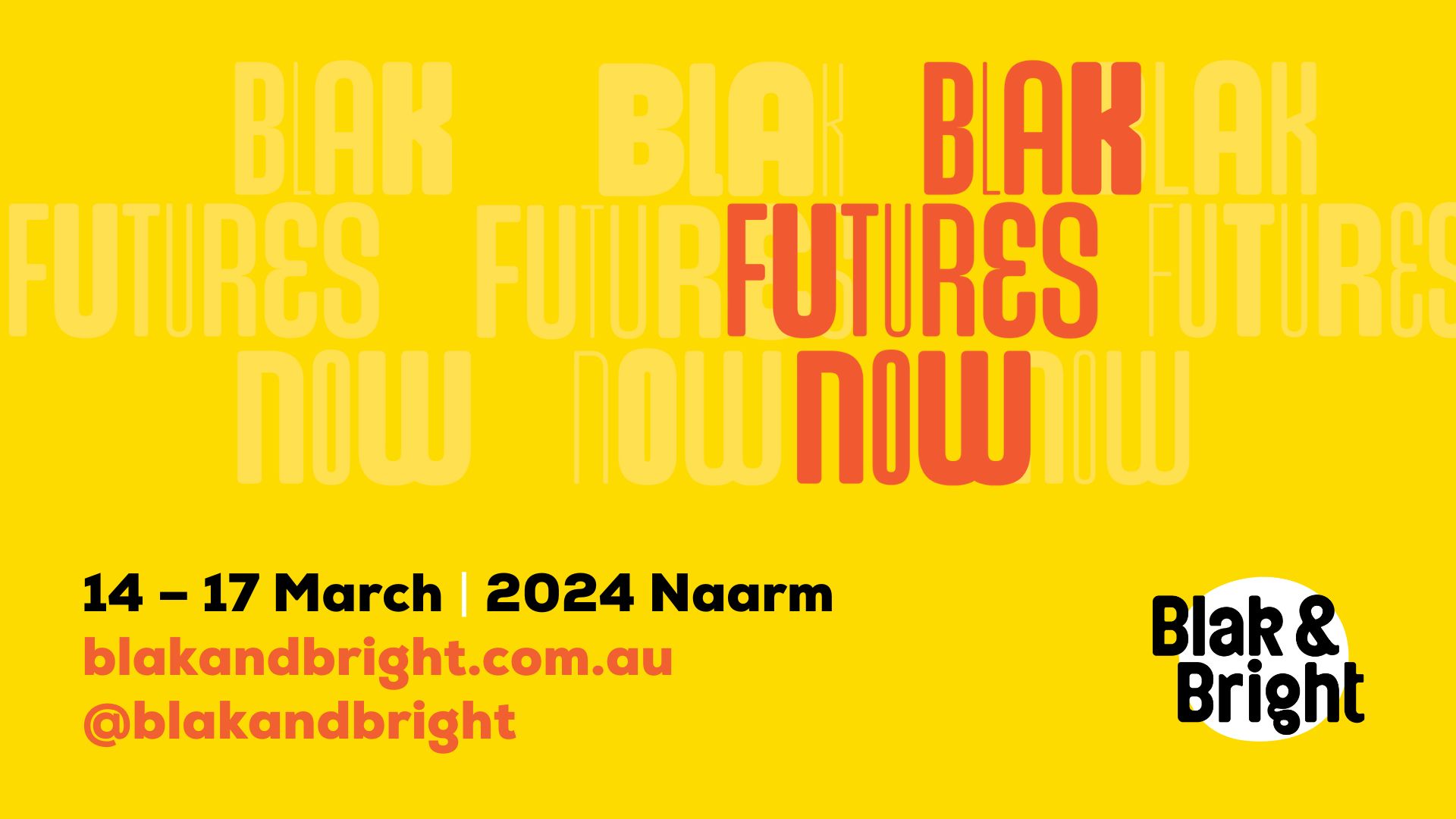Agent, Droid, Infobot: the texty Twitter robots Tully Hansen has known and loved
For the past few years, Tully Hansen has been obsessed with Twitter bots, automated accounts run by computer programs which bend the mechanics of spam to literary and artistic ends.
In this extract from #Bot and #botALLY: Twitter’s robot poets and the humans who love them, Tully traces a history of bots – from software psychotherapists to digital cardsharks, autonomous remixers to algorithmic poets.

What is a bot? The word’s origins predate contemporary digital culture, the diminutive of the term ‘robot’ – Czech for ‘forced labour’, brought into English in Karel Čapek’s 1920 play R.U.R., or Rossum’s Universal Robots. The bots of today are the virtual and digital counterparts to their mechanical robot forebears, in line with the ever-increasing availability and ubiquity of networks and computing devices in the twenty-first century. This usage – bot as software agent – appears in the august web pages of the Alliance for Telecommunications Industry Solutions’ Telecom Glossary 2000, as:
A relatively small and focused computer application that (a) runs continuously, in the background (i.e., simultaneously), as other programs are being run, and (b) responds automatically to a user’s activity. Synonyms: agent, droid, infobot.
like eHow, but for despots
— your new startup (@likeuberbut) October 5, 2015
Do Tweens Really Love The Internet?
— Thinkpiece Bot (@thinkpiecebot) September 29, 2015
one million, three hundred fifty…ah ah ah!
— The Count (@CountForever) October 6, 2015
↓
B
CELTOLOGUE
N
G
H
A
Z
I
— Benghazi Every Word (@BenghaziWord) October 5, 2015
— Circle Faces (@circlefaces) October 5, 2015
ennen vanhaan
— Every Finnish Word (@kaikkisanat) October 4, 2015
naphthalene pic.twitter.com/bAOXXCCa4X
— Molecular_Bot (@molecular_bot) October 3, 2015
😂😂😂😂😂😂😂😂😂😂😂😂😂👏👏👏👏👏😢😟😅😅😅😅😼😼😼🎳🎳🎳🎳🎳🙏🙏🙏🙏🙏🏽🏽🏽🏽🏽🌹😭😭😭😭😭😭😭😭🏼🏼🏼🏼🏼🏼🏼🏼📷😞🌵🌵👌👌🎃🎃😑😓💨💨😫🙌🙌🙌🚮🚮
— SF EMOJI BLAST (@SFemojiBLAST) October 3, 2015
C:RUN TXTADVNT.EXE pic.twitter.com/9dw0MiZN5A
— TXT ADVENTURE [BETA] (@TXTADVNT_EXE) October 3, 2015
The entry goes on to detail specific subspecies, among them the pokerbot (noting that ‘Many online games have had bots designed to play them, e.g., a chessbot or a bridgebot.’), the web crawler (the page-indexing arachnids used by Google and others to map the topology of the web), the charmingly named robotic librarian (used, rather more prosaically, as a synonym for ‘search engine’) and the spambot.
If bots have entered the everyday lexicon at all, it is surely in this last sense, twinned with the term ‘spam’ to stand as the catchall designation for the automated purveyors of pills, password phising email, princely missives of dubious provenance and 100% guaranteed no-drop genuine US followers. These behaviours, ultimately designed to entice or deceive the unsuspecting user, have overflowed the email inbox from whence they came to spread across the whole spectrum of modern media platforms. Despite Twitter’s own protestations that ‘false or spam accounts represent[…] less than 5% of monthly active users’, this number represents upwards of thirteen million accounts, a not inconsequential challenge, providing incentive for the company to work towards better identification and eradication of such accounts.
But these are not the bots we’re looking for. If ‘bot’ refers to software agents with at least a degree of autonomy from any human operator, then ‘Twitter bot’ might stand for any Twitter account whose interactions with the network do not directly result from human agency. Twitter – both as a company and as a software platform – sanctions such behaviour through their developer APIs or application programming interfaces, the rules which detail how – and how much – data a given program may read from and write to Twitter. The range of interactions available to bots – most commonly the posting of tweets, replies and retweets to the public timeline, but also allowing for direct messaging, favouriting of tweets, and (in at least one notable instance, with @Flicker_bot) account de- and reactivation – are performed programmatically, often in accordance with a predetermined schedule or in response to particular conditions being met.
Such a broad definition – any automated account, effectively – covers a range of behaviours, not all of which are equally receptive to critical consideration. Many websites (both corporate and personal) use Twitter to automatically aggregate or syndicate links from their own site onto the service. Likewise, in availing oneself of the Twitter cross-posting capabilities of Instagram, Tumblr and similar apps, a (human) user partakes in something of the bot’s nature. There is something of an ethical imperative on my part in not wishing to preclude any particular style or operation of Twitter bot from a definition – including those bots that may appear to be spam or fake followers. After my own interests, however, those bots that are most appealing are those bots produced with critical or creative intent, or at least those automated accounts for which little pragmatic or commercial purpose may readily be determined. It seems equally problematic to talk about such bots as either ‘useless’ or ‘creative’, though.
We might instead term these accounts bespoke bots; quite often such bots are coded, created and credited to an individual creator, and frequently may be distinguished (contra spam bots) by their novelty – in subject matter, behaviour or technique. After Tolstoy: ‘Spammy bots are all alike; every unspammy bot is unspammy in its own way.’ These bespoke Twitter bots may trace a lineage to earlier works of computational media such as Joseph Weizenbaum’s 1960s software psychotherapist ELIZA and her descendants, designed for humans to engage with their software through (typed) conversation. These bots enact personality, often attempting or playing at ‘passing’ for human. Other Twitter bots, by their incorporation and implementation of algorithms for the generation of texts, constitute an automated and aleatory form of the ‘constrained writing’ practiced ‘manually’ by the members of such literary groups as OULIPO, notably George Perec and Raymond Queneau. Other bots engage in acts of remediation and remix of existing corpora by reinscribing or recombining sources, often (but not always) explicitly positioning themselves in relation to their source material through markers in their as username and Twitter handle. Yet other bots eschew textual strategies entirely, instead publishing tweets consisting of images (and, less frequently, video and GIFs), often automatically generated or composited.
And some, like @RedScareBot, are just arseholes.
Related Posts

Read
Anne-Marie Te Whiu Receives The Next Chapter Alumni Poetry Fellowship
2 Apr 2024

Read
What's on in April: Resident Organisation Round Up
28 Mar 2024

Read
Blak & Bright First Nations Literary Festival returns in 2024
7 Mar 2024

Read
What's on in March: Resident Organisation Round Up
29 Feb 2024

Read
Hot Desk Extract: International
23 Feb 2024

Read
Hot Desk Extract: The Rooms
23 Feb 2024
Share this content